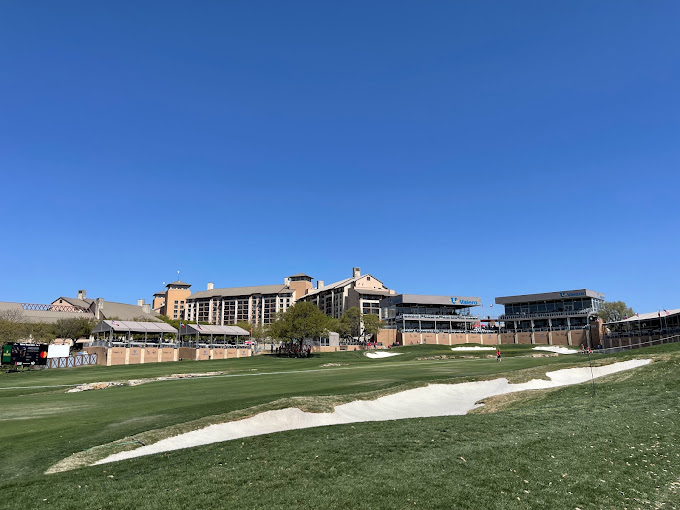Tom Lively saw the storm clouds gathering on the horizon around the TPC San Antonio complex Tuesday afternoon, dumping heavy rain in parts of the area, and allowed himself a measure of anticipation.
But he knew better.
“It’s hope until you look at the radar and see it going around us,” Lively, the facility’s director of golf course operations, said. “We’re a desert island. It’s not depressing anymore; it’s just kind of the way it is.”
For Lively and other golf course superintendents and agronomists in and around San Antonio, the way it has been in recent months is the stuff of nightmares. A record-breaking extended drought, combined with searing heat, has officials scrambling to keep the turf on sprawling layouts as healthy as possible in the midst of severe water restrictions and other impediments.
Frustratingly, many sites in the city missed out on Tuesday’s refreshing rainfall.
The debilitating weather conditions, which have forced cutbacks of up to 30 percent in the use of fresh water on some courses, means the more aggressive utilization of effluent wastewater instead. With that, however, comes damaging salt buildup on the leaf and root systems on tee boxes, fairways, and greens.
“For a lot of these turfs, it’s like slipping in and out of a coma,” said Brad Fryrear, chief golf course superintendent for the seven-facility Alamo City Golf Trail, which includes celebrated Brackenridge Golf Course. “It goes right into dormancy, then it’ll come back. It checks out, then it needs shock paddles.”
To prevent that, Fryrear, Lively and other course supervisors employ proactive techniques to best guarantee the health of grasses ‚ and playability for players taking advantage of dry conditions.
At Woodlake Golf Club, general manager John Clay noted that a 30-year-old mountain laurel, located near the clubhouse, had to be removed after it split in half because of the drought.
Earlier this year, an overuse of salt-laden recycled water badly damaged several greens.
“The greens are back in,” Clay said, “and the course is looking nice, especially when you take into consideration what’s going on. It’s a challenge.”
On the Live Oak Course at Fair Oaks Ranch last week, competitors at an American Junior Golf Association tournament were confronted by some patches off the fairway that were reduced to near-hardpan bare dirt.
It’s not an unusual development.
Officials say that when watering restrictions ‚ at TPC San Antonio, it’s a cutback of nearly 700,000 gallons a day ‚ are in place, it becomes important to prioritize high-need areas at the expense of others.
“You’re going to see a lot of brown-out in certain areas,” Lively said. “When you can’t even run your overhead sprinklers during the day, it means 12 people out hand-watering certain spots per hole.”
To determine what swaths need special attention, site agronomists use everything from computerized salinity meters to simply a trained eye.
To keep the courses healthy, they’ll adjust mowing patterns, keep carts off heavily trafficked areas, introduce moisture-control agents and work to flush salt away from tender vegetation drenched by salt-laden effluent water.
“I’ve seen people doing amazing work and presenting very playable golf courses around the city,” Fryrear said. “It’s not something that we’re not accustomed to or prepared to do.”
Source: www.mysanantonio.com





















